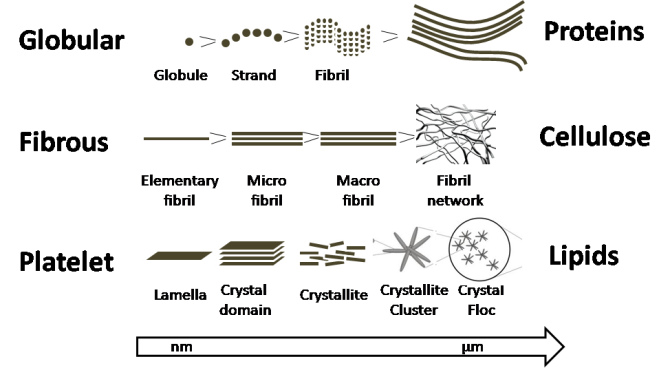Small-angle SCattering And NMR methods for dynamic multiscale structural characterisation of Foods (SSCANFoods)
When processing raw materials to final consumer food products, their structures undergo changes at length scales from nano-, via meso- to macroscopic sizes.
These multiscale architectures govern critical product functionalities as shelf life stability, water holding capacity, texture and mouth feel. To be able to rationally design food processing routes, insights in these hierarchical multiscale structures, in particular under dynamic conditions, is a prerequisite. Currently, we lack methods that effectively
assess dynamic multiscale structures, which hampers rational design of food processing technologies for providing consumer-relevant functionalities to existing and novel sustainable food sources. The large potential of small angle scattering (SAS) and NMR techniques cannot be unlocked by current data acquisition and modelling approaches. These are too generic to address the inherent complexity of dynamic food structures.

The goal of this project is to develop a unique set of complementary non-invasive techniques that will quantify multiscale structures in food systems under dynamic processing conditions for assessment of three dominating structures in foods: hierarchical isotropic and anisotropic networks based on nano-sized globules (proteins), fibres (cellulose) and platelets (lipids).
SAS and NMR techniques will be tailored to maximize the multiscale
structural information yield. This will involve design of measurement cells for in situ (SAS) observations under shear as well as tailoring (NMR, SAS)
measurement techniques. Critical is the development of modelling approaches that incorporate the a priori knowledge on composition and presence ofnanosized building blocks in hierarchical structured isotropic and anisotropic food materials.
